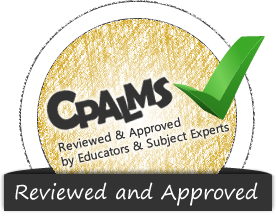Please sign in to access this resource
Click here to sign in
as a FL public educator Student
Access the resource on
FloridaStudents.org
Not a Florida public school educator?
Access this resourceon CPALMS.com
General Information
Aligned Standards
This vetted resource aligns to concepts or skills in these benchmarks.Related Videos

If you watch this video, your brain will be learning more about itself! Think about it.

Our brains process all sensory information and tell the body what to do next.
Download the CPALMS Perspectives video student note taking guide.

Understanding human physiology will allow you to stand under your own power at the end of a long rowing trip.
Related Resources:
KROS Pacific Ocean Kayak Journey: GPS Data Set[.XLSX]
KROS Pacific Ocean Kayak Journey: Path Visualization for Google Earth[.KML]
Download the CPALMS Perspectives video student note taking guide.

Strengthen your understanding of how muscle filaments function as this physiologist flexes his knowledge.
Download the CPALMS Perspectives video student note taking guide.

Get mentally fit as this physiologist explains muscle structure!
Download the CPALMS Perspectives video student note taking guide.

Get moving and learn how muscles move you!
Download the CPALMS Perspectives video student note taking guide.

Let this semipermiable membrane teaching idea sink in.
Download the CPALMS Perspectives video student note taking guide.

When your kidneys fail you, there's help with kidney dialysis.
Download the CPALMS Perspectives video student note taking guide.

Feeding your baby, inside and outside your body.
Download the CPALMS Perspectives video student note taking guide.

Robots use "eyes" and "ears" to sense their surroundings, just like you and me.
Download the CPALMS Perspectives video student note taking guide.

Get a tip for modeling the cell membrane in this lesson idea.
Download the CPALMS Perspectives video student note taking guide.

Your kidneys work hard - show them some respect!
Download the CPALMS Perspectives video student note taking guide.

Lots of issues causes disease - genetics, lifestyle, pathogens - let's practice prevention when we can.
Download the CPALMS Perspectives video student note taking guide.

Flow Cytometry is a cool technology that can count and sort cells.
Download the CPALMS Perspectives video student note taking guide.

Scientists use microscopes to see what is invisible to the naked eye.
Download the CPALMS Perspectives video student note taking guide.

Fire up those brains with exercise!
Download the CPALMS Perspectives video student note taking guide.

What you need to know about exercising for your heart and lungs.
Download the CPALMS Perspectives video student note taking guide.

Dr. Tom Miller discusses the anatomy and morphology of carnivorous plants.
Download the CPALMS Perspectives video student note taking guide.

Your mind will swell with knowledge after submerging in this idea to demonstrate osmosis.
Download the CPALMS Perspectives video student note taking guide.

Get outside and interact with nature after you watch this idea for teaching about the different parts of plants!
Download the CPALMS Perspectives video student note taking guide.

This teacher has an approach to teaching evolution that may help to keep skeptical students engaged: start by teaching about plants, and then make small changes to the discussion over time.
Download the CPALMS Perspectives video student note taking guide.

Dr. Gregory Erickson explains bone histology and anatomy with special remarks on bones of a juvenile Tyrannosaurus rex.
Download the CPALMS Perspectives video student note taking guide.

Dr. Mahmood Shivji explains how information contained in the DNA of seafood species is used for identification in the marketplace.
Download the CPALMS Perspectives video student note taking guide.

Dr. Erinn Muller explains how coral health research at Mote Marine Laboratory is driving policy decisions regarding coral reef restoration in Florida.
Download the CPALMS Perspectives video student note taking guide.
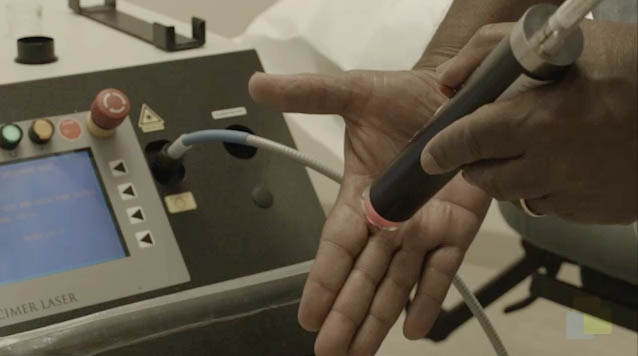
Dr. George Cohen discusses a variety of skin treatments that utilize electromagnetic radiation, including lasers, UV light, and x-rays.
Download the CPALMS Perspectives video student note taking guide.

Dr. Erinn Muller explains research related to discovering coral genotypes capable of thriving despite environmental health challenges.
Download the CPALMS Perspectives video student note taking guide.

Jens Foell discusses brain function as it relates to brain imaging technology such as fMRI.
Download the CPALMS Perspectives video student note taking guide.
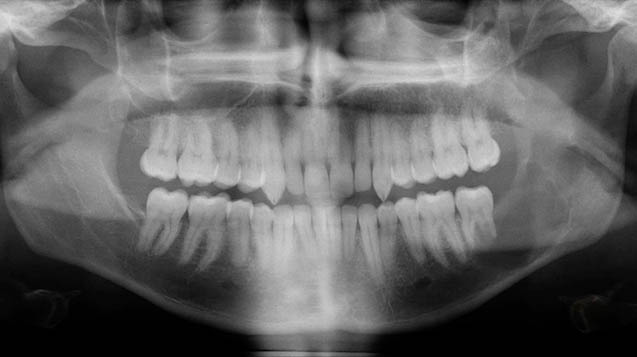
Dr. Michael Thornton discusses the nutritive value of blood - for vampires!
Download the CPALMS Perspectives video student note taking guide.
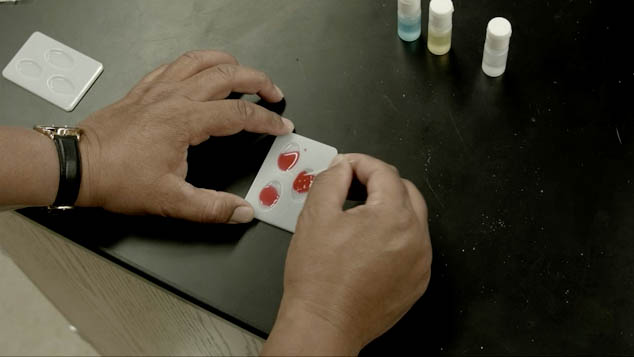
Learn how carbohydrates in our cells' membrane determine our blood types.
Download the CPALMS Perspectives video student note taking guide.
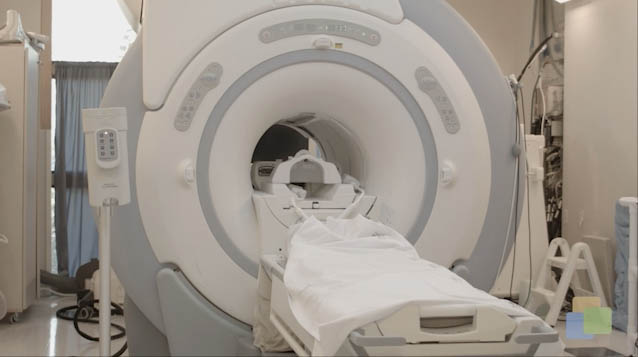
Using new methods in neuroimaging, personality traits can be mapped to distinct regions of the brain.
Download the CPALMS Perspectives video student note taking guide.
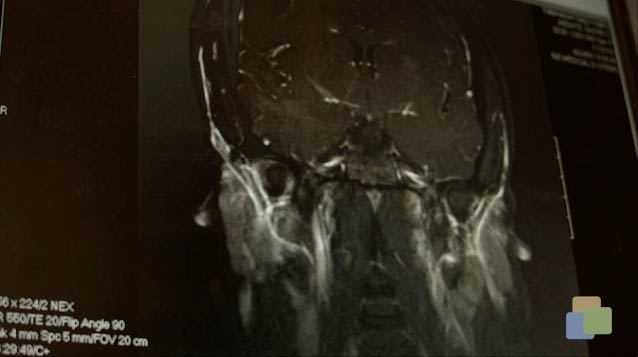
Jens Foell discusses the link between correlation and causation in PTSD patients.
Download the CPALMS Perspectives video student note taking guide.
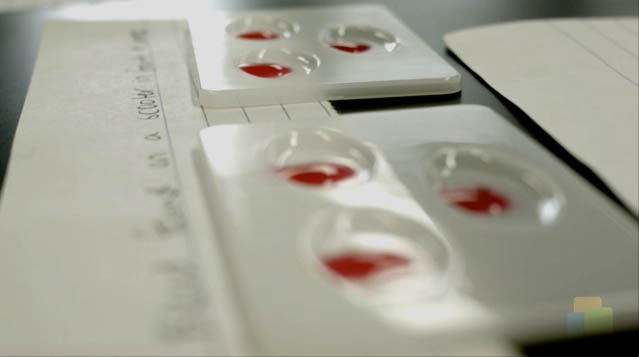
CSI in the Classroom: Blood at a crime scene points to a suspect.
Download the CPALMS Perspectives video student note taking guide.
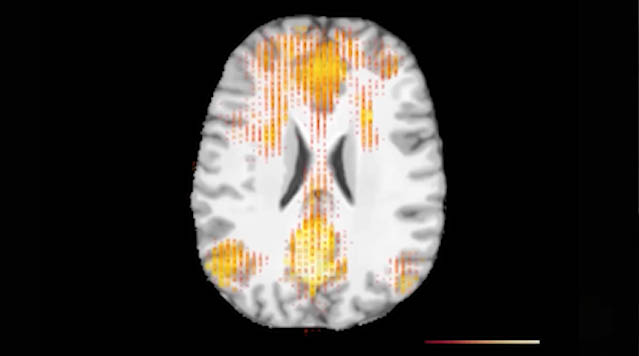
Florida State Researcher, Jens Foell, discusses the importance of understanding correlation versus causation when researching personality traits and criminal behavior.
Download the CPALMS Perspectives video student note taking guide.
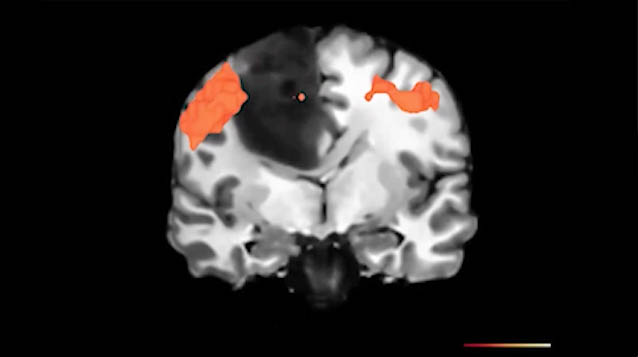
Jens Foell discusses how statistical noise reduction is used in fMRI brain imaging to be able to determine which specifics parts of the brain are related to certain activities and how this relates to patients that suffer from phantom limb pain.

When you cut yourself, your body goes to work to prevent blood loss.
Download the CPALMS Perspectives video student note taking guide.
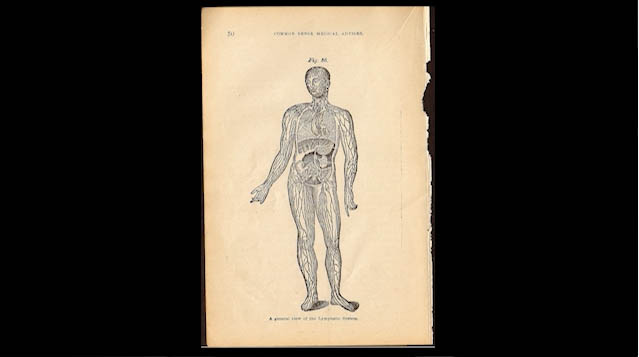
The lymph system gets some respect.
Download the CPALMS Perspectives video student note taking guide.

The importance of being a red blood cell.
Download the CPALMS Perspectives video student note taking guide.

Florida State researcher Jens Foell discusses the use of fMRI and statistics in chronic pain.

Rick Hyson discusses the neuroscience contribution to the Birdsong project.
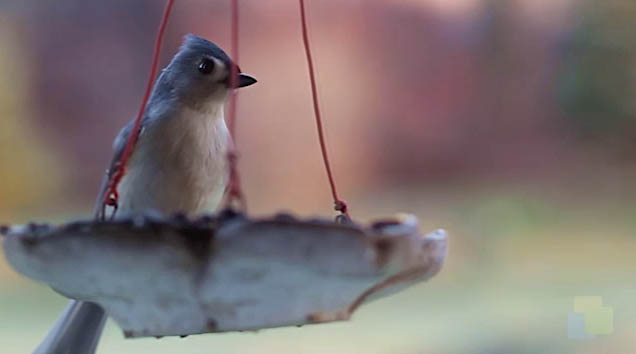
Frank Johnson discusses the science behind hearing, learning, and speaking.
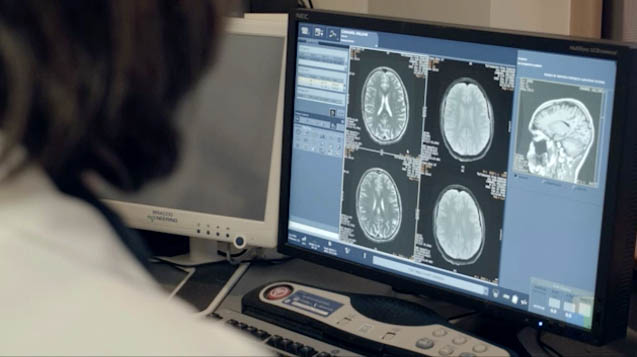
Wei Wu discusses his statistical contributions to the Birdsong project which help to quantify the differences in the changes of the zebra finch's song.
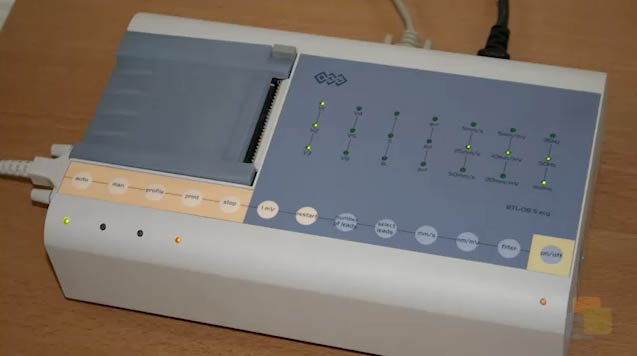
Tanganyika Wilder explains EKG.
Download the CPALMS Perspectives video student note taking guide.
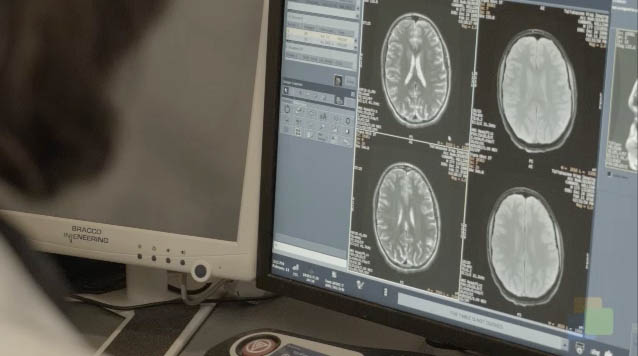
There is an amazing amount of similarity in brain organization between birds and humans. Turns out, birds are pretty darn smart and very good problem solvers!
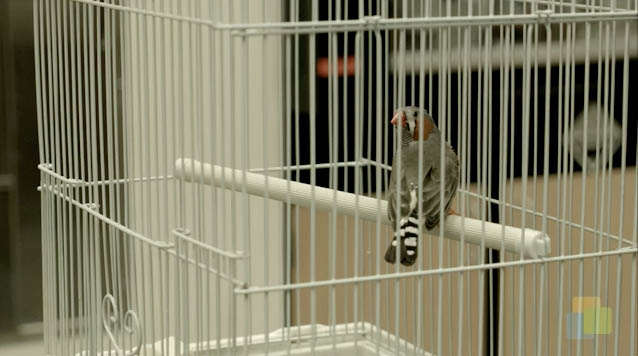
Richard Bertram discusses his mathematical modeling contribution to the Birdsong project that helps the progress of neuron and ion channel research.
Download the CPALMS Perspectives video student note taking guide.

Viruses aren't alive but they still need to stay in shape! Learn more about the geometric forms of bacteriophages!

Calorie-dense foods can power the human body across the ocean? Feel the burn.
Related Resources:
KROS Pacific Ocean Kayak Journey: GPS Data Set[.XLSX]
KROS Pacific Ocean Kayak Journey: Path Visualization for Google Earth[.KML]
Download the CPALMS Perspectives video student note taking guide.

What do you do if you don't have room for all your gear on a solo ocean trek? You're gonna need a bigger boat...or pack smarter with math.
Related Resources:
KROS Pacific Ocean Kayak Journey: GPS Data Set[.XLSX]
KROS Pacific Ocean Kayak Journey: Path Visualization for Google Earth[.KML]
Download the CPALMS Perspectives video student note taking guide.

If you want to take things to space, you have to have a place to put them. Just make sure they fit before you send them up.

Go behind the scenes and learn about science museum exhibits, design constraints, and engineering workflow! Produced with funding from the Florida Division of Cultural Affairs.

A surveyor describes the the surveying profession and the mathematical background needed to be successful.

Complex 3D shapes are often created using simple 3D primitives! Tune in and shape up as you learn about this application of geometry!

Dr. David McNutt explains how a simple do-it-yourself quadrat and a transect can be used for ecological sampling to estimate population density in a given area.
Download the CPALMS Perspectives video student note taking guide.

To understand atmospheric and oceanic currents, one needs a well-rounded understanding of geometry and the shape of the Earth.

Let this teacher transfer some ideas about teaching wave and material properties to you. Then pass it on to someone else.
Download the CPALMS Perspectives video student note taking guide.

Mathematics plays a role in what we perceive as beautiful! Learn more about it while you learn about bird photography! Produced with funding from the Florida Division of Cultural Affairs.

A discussion of the applications of Knot Theory, replication of DNA, enzymes, and fluid dynamics.

Statistical analysis played an essential role in using microgravity sensors to determine location of caves in Wakulla County.
Download the CPALMS Perspectives video student note taking guide.

Did you know that altering computer code can increase 3D printing efficiency? Check it out!

See and see far into the future of arts and manufacturing as a technician explains computer numerically controlled (CNC) machining bit by bit.

Ken Blackburn, an aerospace engineer for the United States Air Force, describes the relationship between wing shape and flight performance.
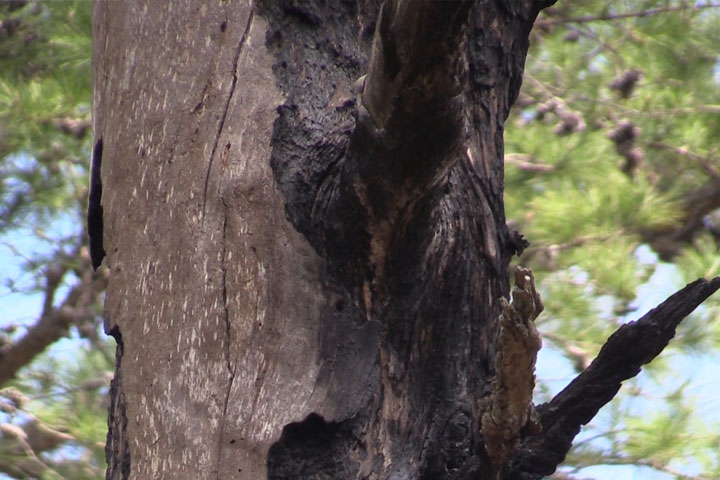
In this video, Jim Cox describes a sampling method for estimating the density of dead trees in a forest ecosystem.
Download the CPALMS Perspectives video student note taking guide.
![Cpalms [Logo]](/images/cpalms_color.png)




